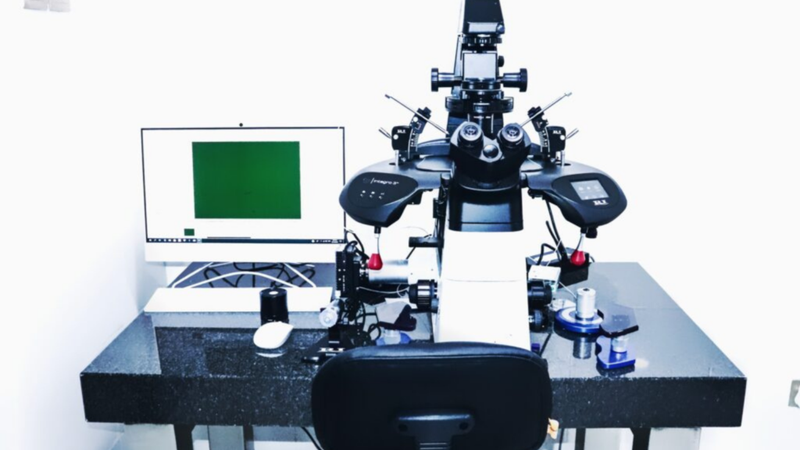
In Vitro Fertilization (IVF)
IVF is a method of infertility treatment whereby the sperm are mixed with the eggs in the laboratory for fertilization and the resulting embryos are transferred back into the woman’s uterus (womb), where the embryo is expected to implant and further develop into a pregnancy. The treatment was originally for women with fallopian tube disorders but it is now used to treat infertility resulting from various causes.
Who may benefit from IVF?
Men, women, or couples who have any of the following may benefit from IVF
- A woman who has Fallopian tube disorders
- A man who has poor sperm parameters
- A woman who is advanced in age
- A woman who has endometriosis
- In cases of unexplained infertility, where tests on the couple have not shown any cause of infertility
- Couples who are trying to prevent the transmission of genetic conditions to their offspring
IVF treatment involves the following steps
1
Controlling the natural cycle of the woman and preventing spontaneous ovulation of matured follicles using hormonal drugs is known as downregulation or pituitary suppression
Stimulating the ovaries with hormonal drugs- follicle stimulating hormones- for the growth of follicles and in turn, producing more than one healthy and matured egg
Taking another drug to enhance the completion of the egg maturation process
These medications are taken daily until the time is right for egg collection. This stage of treatment is monitored using ultrasound scans through the vagina and when necessary, blood tests to test hormone levels in the blood
2
Egg
Collection
When the follicles are big enough and are thought to contain matured eggs, they are drained in the theatre under light anesthesia. A special needle is passed through the vagina into the ovaries guided by an ultrasound scan to drain fluid in the follicles into special glass tubes. The tubes containing the aspirated fluid are given to the Embryologist who will check the fluid for eggs. This procedure lasts for about 30 minutes and the woman should have been fasting for at least 6 hours before the procedure is performed.
3
Luteal
support
These are medications, usually progesterone, given either as an injection or vaginal pessary or gel to promote implantation of embryos. Progesterone is usually initiated after egg collection.
The Different Types of IVF Treatments
Conventional IVF

In conventional IVF, between 100,000 and 150,000 processed sperm are placed around each retrieved egg in a dish containing specialized nutrient fluid. They are allowed to incubate in a controlled environment. They are examined under the microscope for fertilization within 18 and 24 hours
This is a highly technical method of treatment requiring special equipment and training. This method increases the probability of fertilization even with sperms extracted directly from the testes. In ICSI, one sperm is injected directly inside an egg under a special microscope
Intracytoplasmic Sperm Injection (ICSI)

Intracytoplasmic Morphologically Selected Sperm Selection (IMSI)
This is a highly technical method of treatment requiring special equipment and training. This method increases the probability of fertilization even with sperms extracted directly from the testes. In ICSI, one sperm is injected directly inside an egg under a special microscope
There are other supporting medications to improve the chance of achieving pregnancy; these include aspirin, multivitamins, estrogen tablets or injection, and heparin

